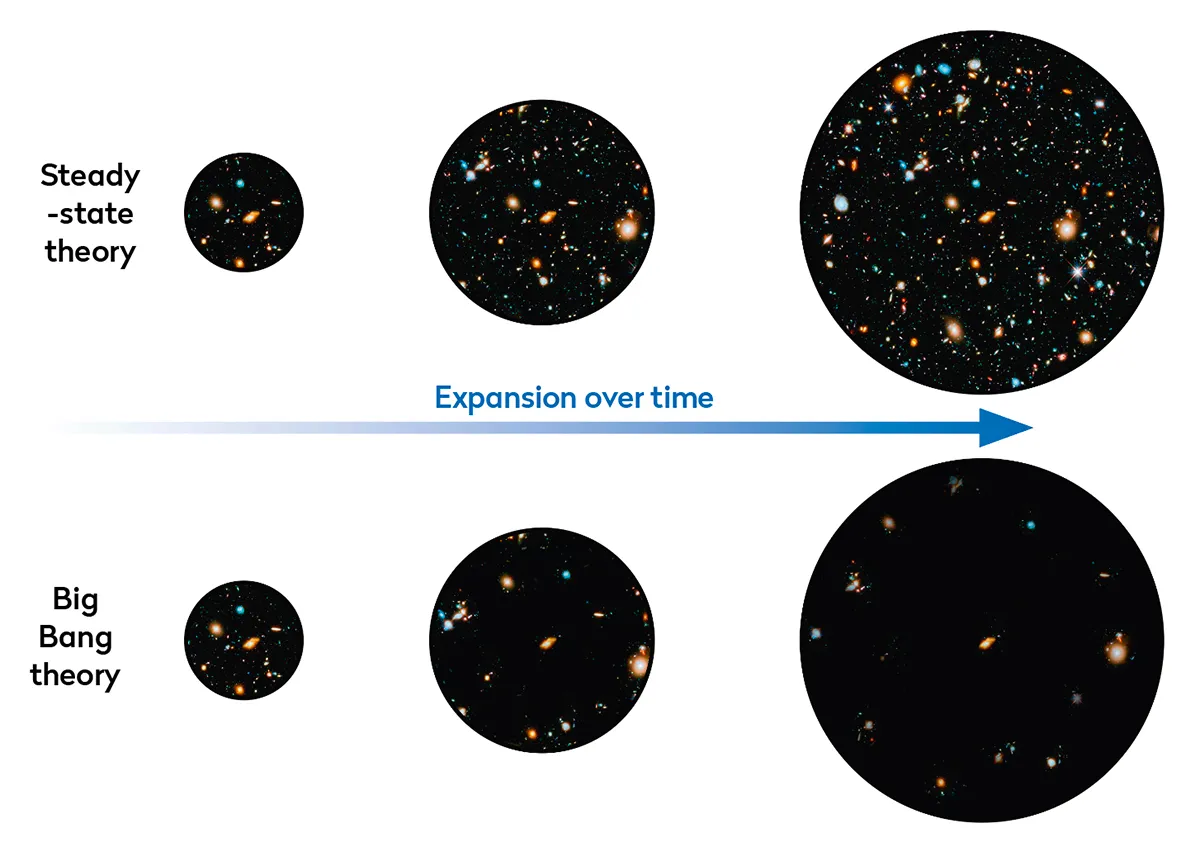Cosmology is the field dealing with the Universe on large scales: its origin, evolution and properties.
Astronomy, on the other hand, is the study of celestial bodies, while astrophysics is all about the physical and chemical properties of these bodies, including their luminosities and their chemical compositions.
Since the behaviour of the Universe on large scales is orchestrated by gravity, there could be no serious science of cosmology until someone came up with a description of gravity that was totally accurate.
That person was Albert Einstein, who in 1915 published his general theory of relativity and, the following year, applied it to the Universe as a whole.
Einstein, however, didn’t know that our Milky Way was a galaxy, and that galaxies were the basic building blocks of the Universe.
This discovery was made in the 1920s by the American Edwin Hubble, who also found the galaxies were flying apart like so many pieces of cosmic shrapnel.

All of a sudden, cosmology was a testable science. In 1948, Fred Hoyle and his colleagues devised what was called the Steady State theory.
This advanced the idea that as the Universe expanded, new matter came into existence to form new galaxies, so that the Universe looked the same at all times.
This contradicted the Big Bang theory, in which the Universe has changed its appearance with time.
In the 1960s, the Big Bang theory triumphed over its rival when observations showed that the early Universe was a very different place to today.
The observations also revealed the leftover heat from the Big Bang – the cosmic background radiation.
